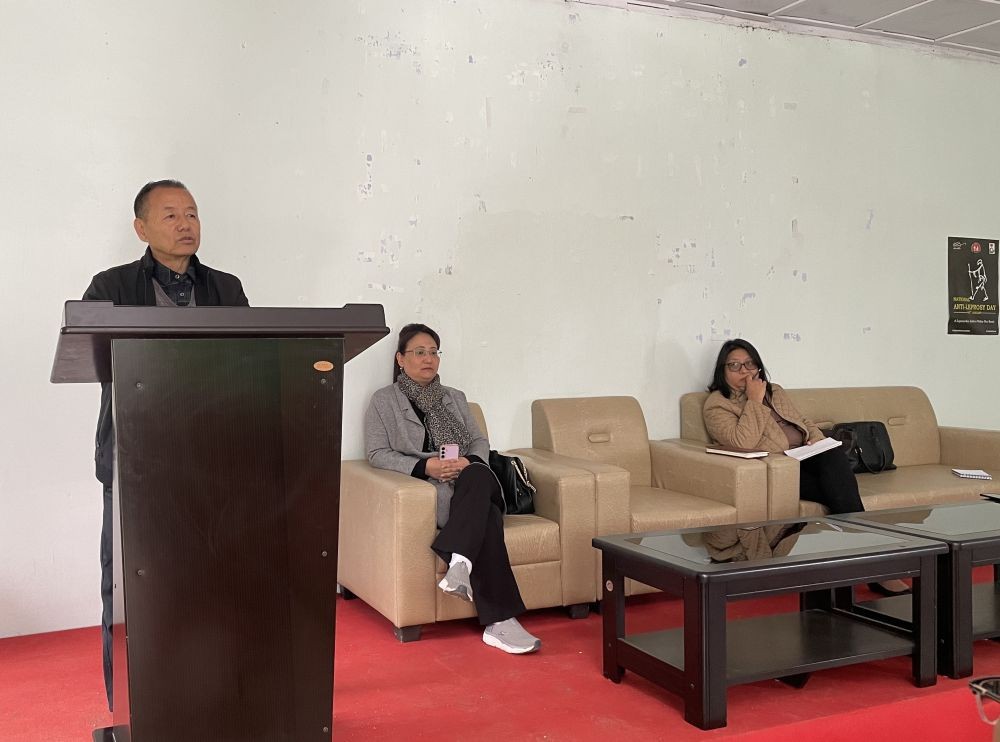Nagaland, a state nestled in the northeastern region of India, continues to battle endemic malaria, despite significant progress in recent years. Recognizing the need for sustained efforts, the National Vector Borne Disease Control Programme (NVBDCP) has been actively conducting meetings and workshops across the state to stress the importance of malaria elimination. These initiatives are part of India’s broader goal to become malaria-free by 2030, a commitment aligned with the World Health Organization’s Global Technical Strategy for Malaria.
The Malaria Challenge in Nagaland
Nagaland’s hilly terrain, tropical climate, and abundant rainfall create an ideal environment for the proliferation of mosquitoes, particularly the Anopheles species responsible for transmitting malaria. Many areas in the state, especially rural and forested regions, remain vulnerable to the disease due to limited access to healthcare, poor sanitation, and lack of awareness about preventive measures.
Over the years, Nagaland has made commendable progress in reducing malaria cases through intensified vector control measures, distribution of insecticide-treated bed nets, and improved access to diagnostic and treatment facilities. However, challenges like logistical constraints, inadequate infrastructure in remote areas, and community resistance to certain interventions persist.
NVBDCP’s Role in Malaria Elimination
The NVBDCP has been at the forefront of malaria control efforts in Nagaland, working in collaboration with the state government, local health departments, and non-governmental organizations. Recent meetings convened under the program have focused on reviewing the progress of malaria control measures, identifying gaps in implementation, and strategizing for the final push towards elimination.
Key Points Discussed in the Meetings
- Strengthening Surveillance Systems:
A robust surveillance system is critical to detecting and responding to malaria cases quickly. The NVBDCP emphasized the need for community-based reporting systems and better training for healthcare workers to identify symptoms and confirm diagnoses efficiently. - Integrated Vector Management (IVM):
Effective mosquito control remains at the heart of malaria prevention. The program called for a scaling-up of vector management strategies, including indoor residual spraying, larval source management, and increased use of insecticide-treated bed nets (ITNs). Discussions also focused on involving communities in maintaining environmental cleanliness to eliminate mosquito breeding grounds. - Access to Diagnostics and Treatment:
The NVBDCP stressed the importance of ensuring that diagnostic tools like rapid diagnostic tests (RDTs) and microscopy are available in remote health facilities. Additionally, the program aims to provide uninterrupted supplies of anti-malarial drugs, especially Artemisinin-based Combination Therapies (ACTs), to prevent complications and deaths. - Community Awareness and Participation:
One of the recurring themes of the meetings was the role of community engagement in malaria elimination. Local leaders and volunteers were urged to spread awareness about the disease, its symptoms, and preventive measures. The NVBDCP emphasized that combating stigma and misinformation is key to ensuring timely treatment and prevention. - Collaboration with Other Sectors:
Recognizing that malaria elimination requires a multi-sectoral approach, the NVBDCP encouraged greater collaboration with departments of rural development, education, and sanitation. Programs like Swachh Bharat Abhiyan (Clean India Mission) were highlighted as complementary to malaria control efforts.
Progress and Challenges
Data presented during the meetings revealed a steady decline in malaria cases in Nagaland over the past decade, thanks to increased government initiatives and international support. However, there are still areas of concern, particularly in districts like Mon, Tuensang, and Peren, where the disease burden remains high. Seasonal outbreaks during monsoons and the persistence of drug-resistant malaria strains further complicate the fight against the disease.
The NVBDCP acknowledged these challenges and stressed the need for innovative solutions, such as digital tools for disease mapping, drones for vector control in inaccessible areas, and community-led health initiatives.
Pathway to Elimination
Nagaland has been categorized under the “pre-elimination” phase by the NVBDCP, meaning the state has significantly reduced malaria transmission but must continue to focus on surveillance and prevention. The goal is to achieve “zero indigenous cases” by 2027, as per India’s Malaria Elimination Roadmap.
To achieve this, the NVBDCP has set clear targets, including the universal distribution of long-lasting insecticidal nets (LLINs), widespread adoption of malaria testing, and a community-driven approach to sanitation and awareness.
The NVBDCP meetings in Nagaland underline the importance of collective action and sustained efforts in the fight against malaria. While significant strides have been made, the path to malaria elimination is fraught with challenges that require innovative strategies and the active participation of all stakeholders.
By focusing on robust surveillance, improved healthcare delivery, and community involvement, Nagaland has the potential to lead the way in malaria elimination in the northeast. As the state gears up to meet its elimination targets, the NVBDCP’s role in providing technical and logistical support will remain crucial in turning this vision into reality.

